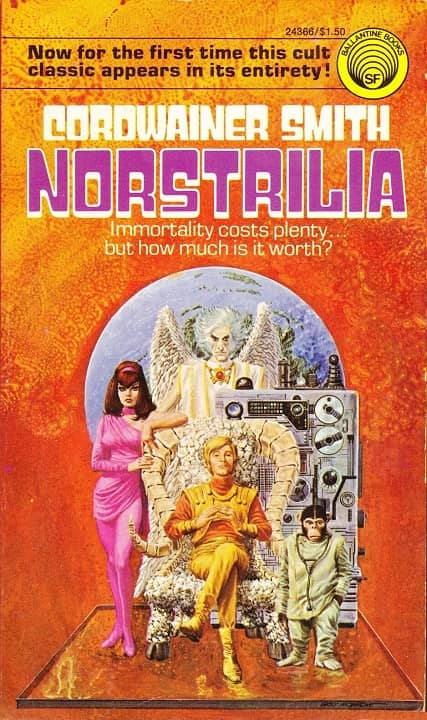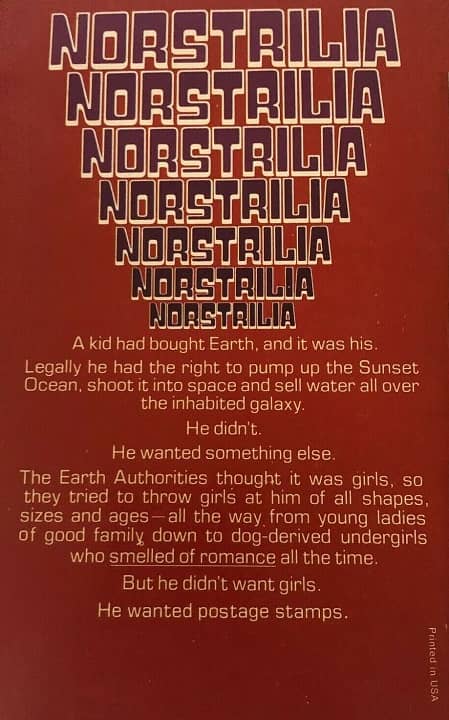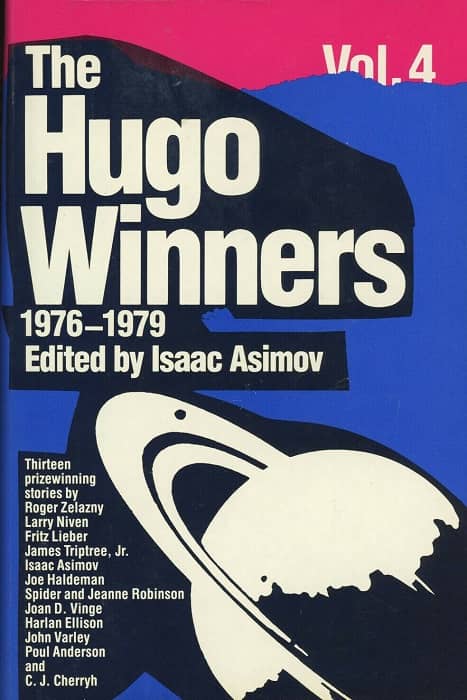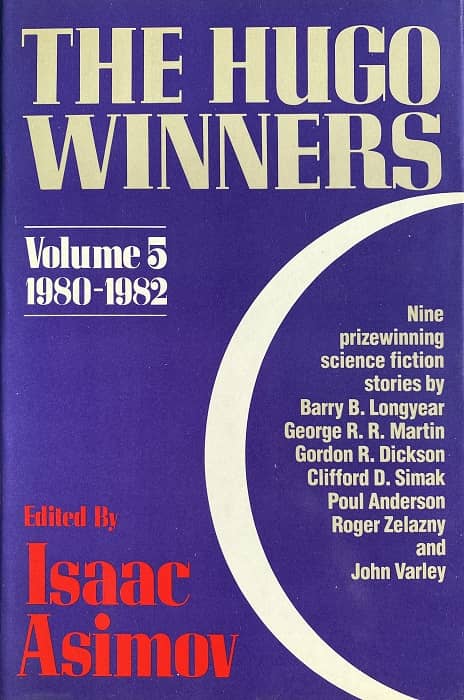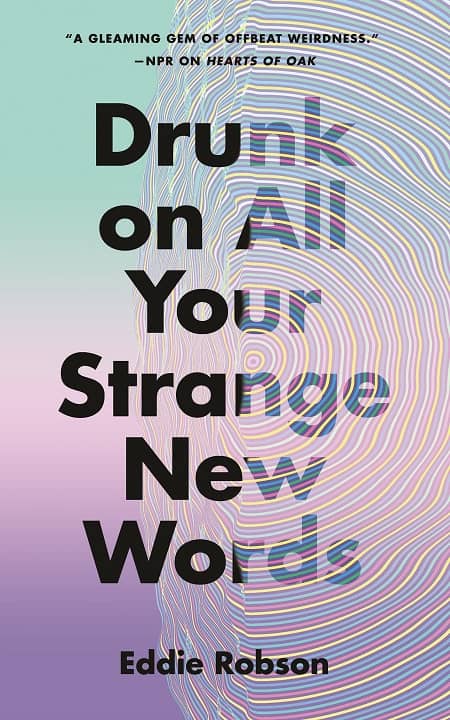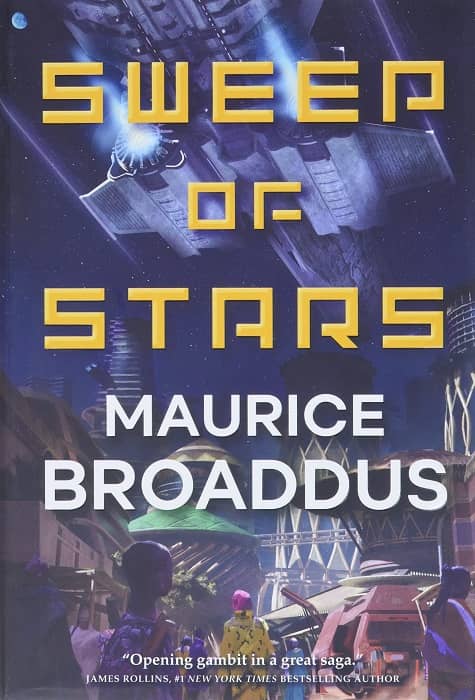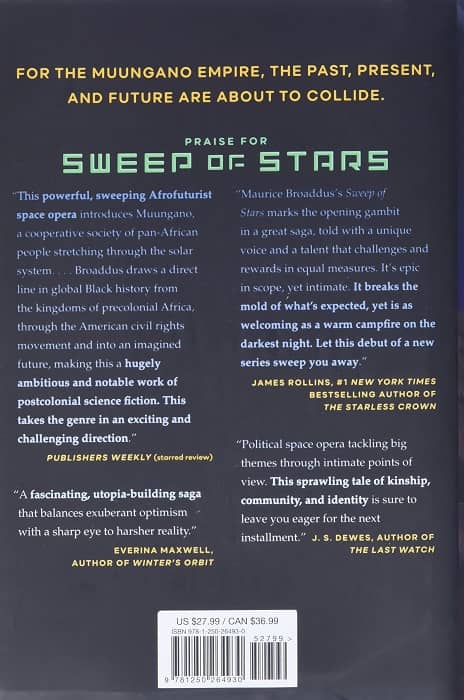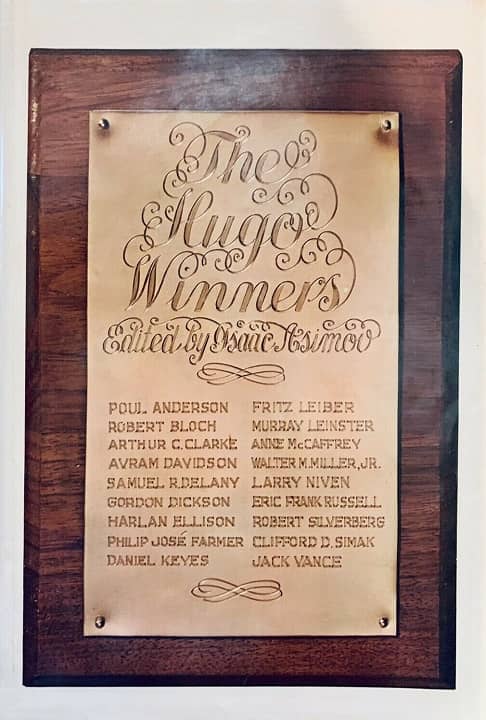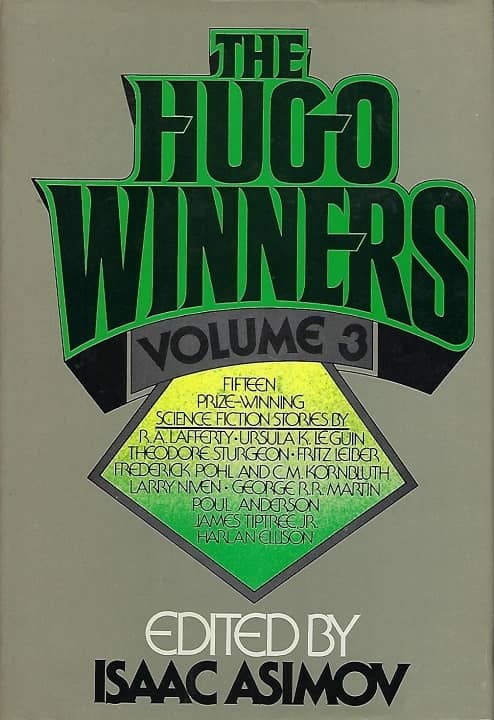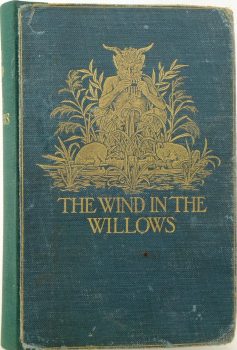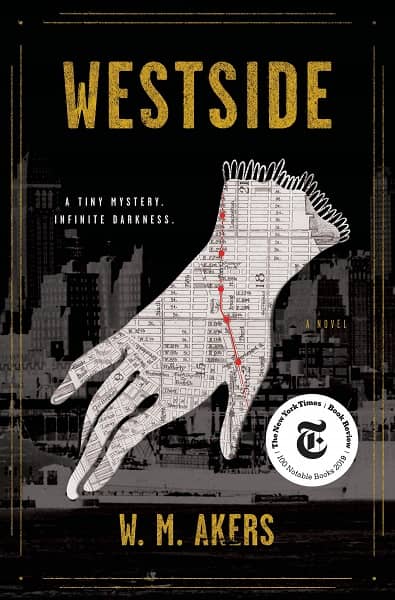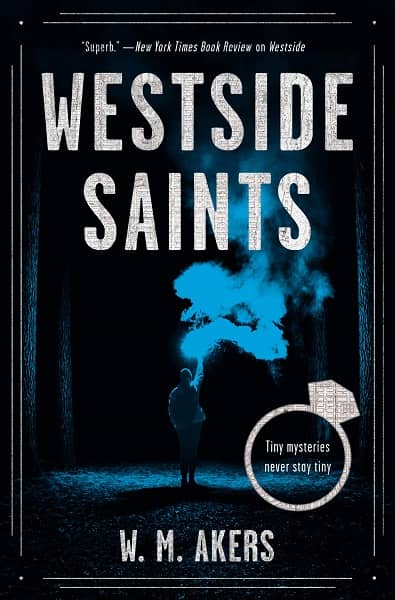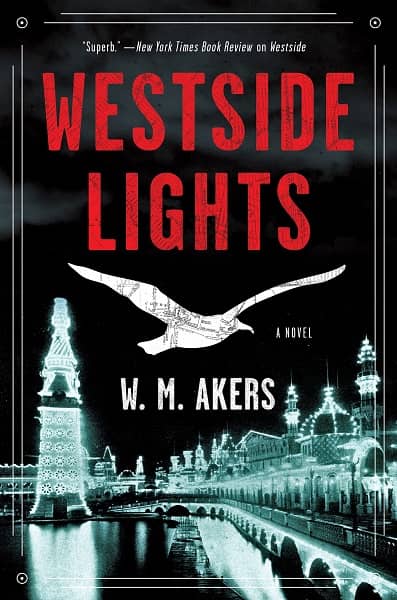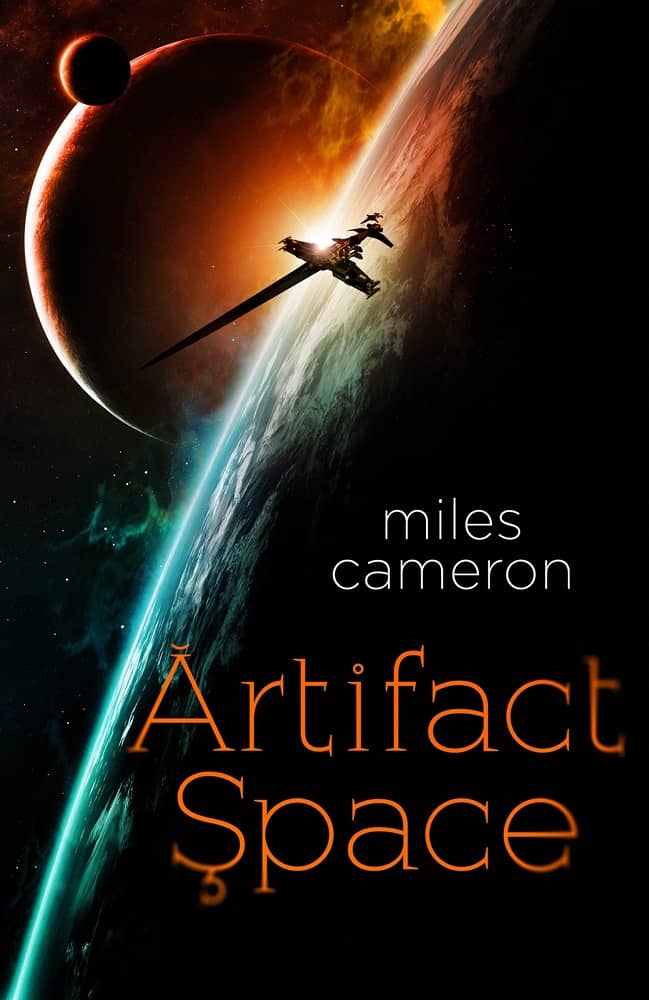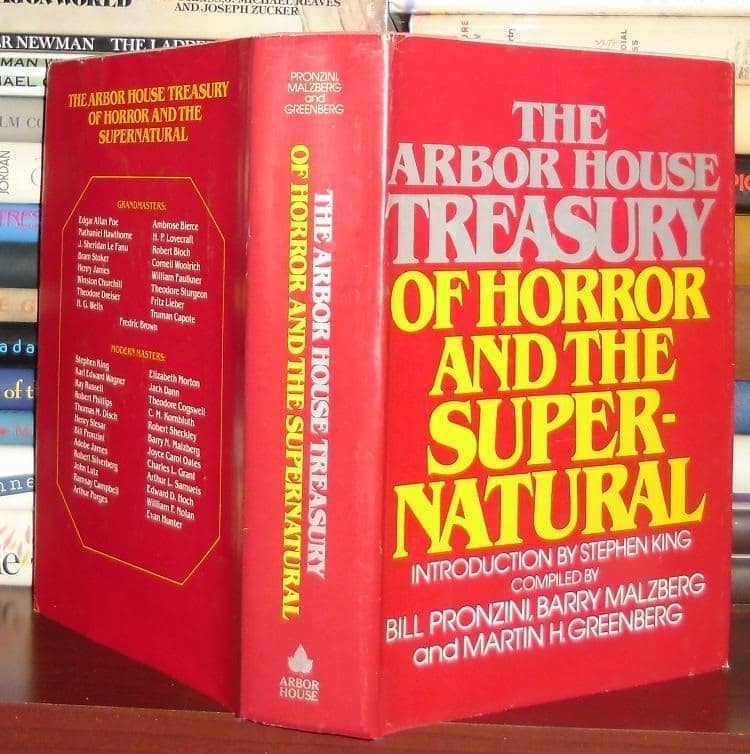Magic, Dinosaurs, and Mad Scientists: The Tensorate Series by Neon Yang
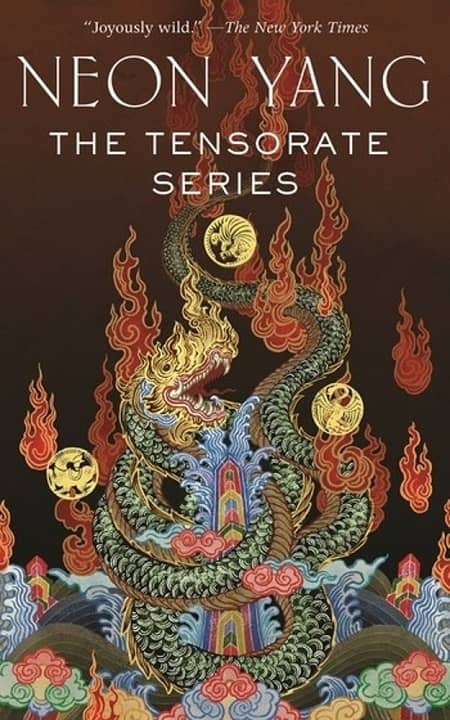 |
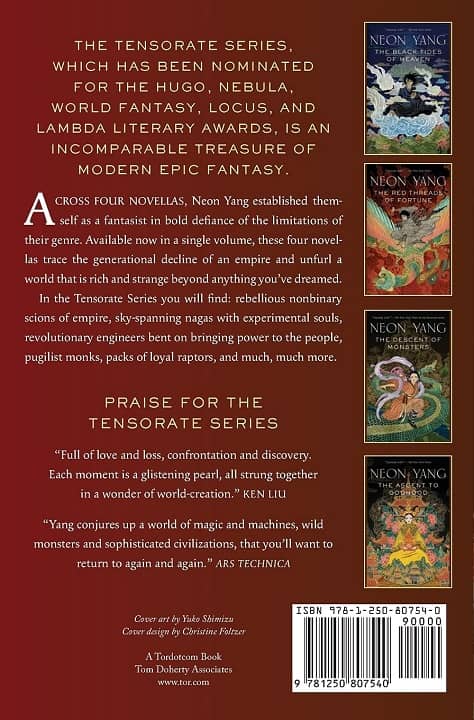 |
The Tensorate Series (Tor.com, September 21, 2021). Cover by Yuko Shimizu
I love omnibus volumes. They’re the safety blanket of the fat fantasy market. Let’s face it, if your plane’s going down over a desert island and you can only grab one book, you’re gonna secure yourself a thick omnibus, right? Of course you are. Heaven knows how long it will take until that stately cruise liner arrives to rescue you. I plan all my book purchases with this in mind, and it’s worked out well so far.
It’s great to see Tor.com start to produce omnibus editions of their popular novellas. They did it with Nnedi Okorafor’s Binti. The did it with Andy Remic’s An Impossible War novellas, and Sarah Gailey’s American Hippo stories. They did it with Matt Wallace’s Sin du Jour. They did it with…. well, actually, I think that’s it. But what the hell, it’s a start.
Late last year Tor.com published a tidy omnibus volume of all four of Neon Yang’s Tensorate novellas, a series that has been nominated for the Hugo, World Fantasy, Nebula, and Locus awards, and it was such a great value I snatched it up immediately. I’m ready for the plane to go down, Captain.
